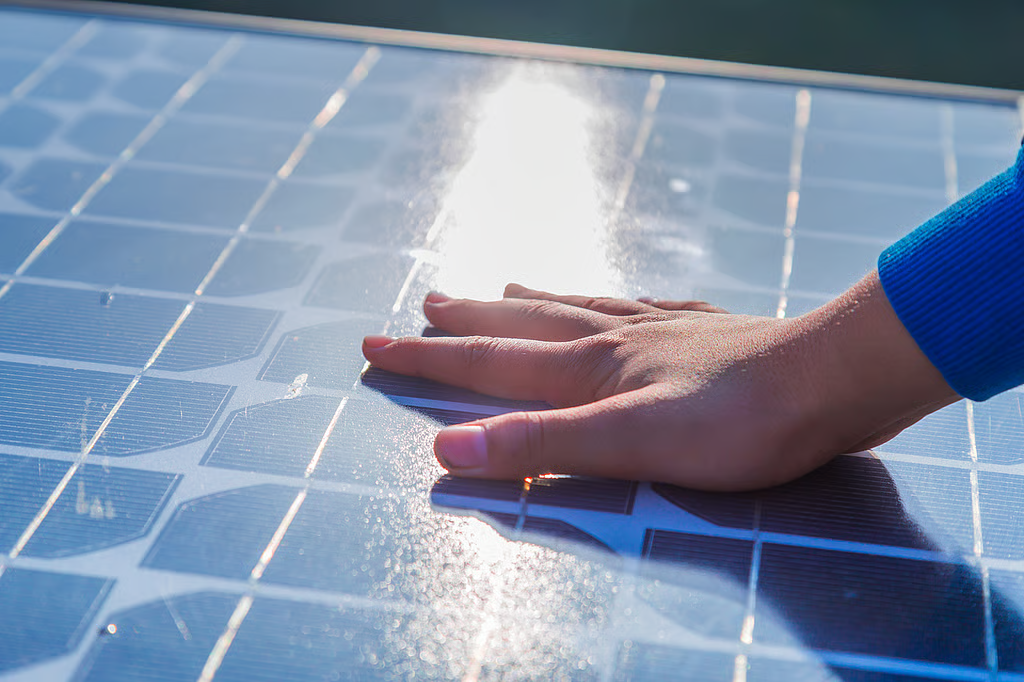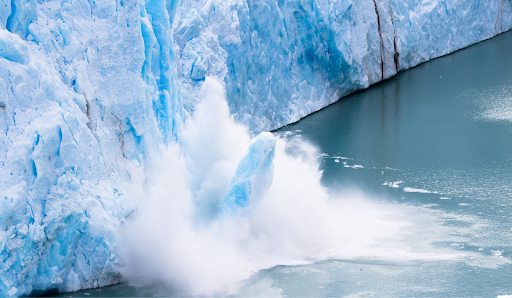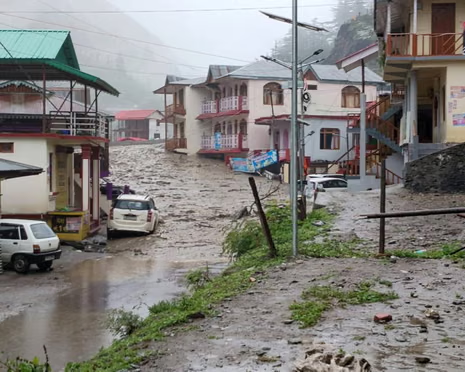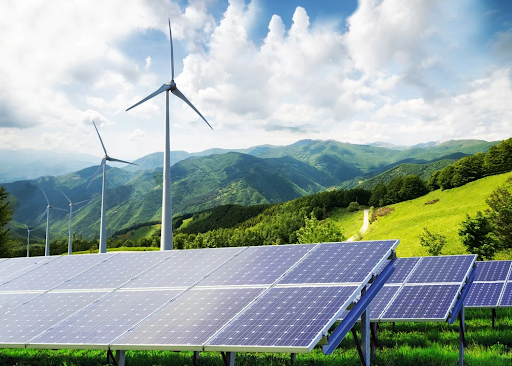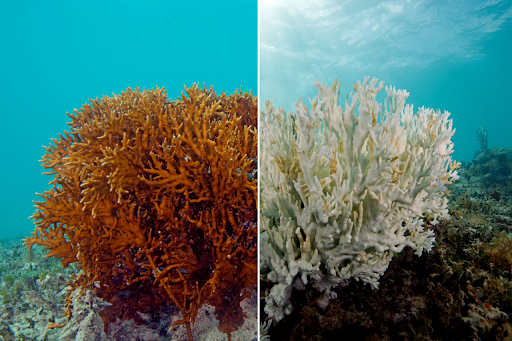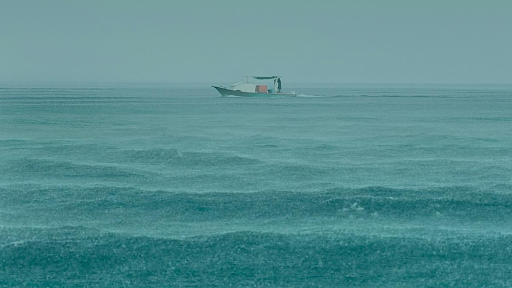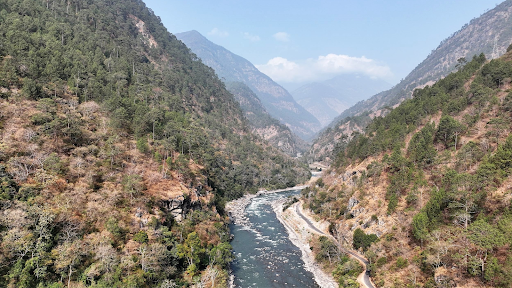Description

Disclaimer: Copyright infringement not intended.
Context: A new study has linked continental break-up to new topological features forming in stable lands, according to a new study.
Details
Key findings
- When tectonic plates move away, the lithosphere, which comprises the upper mantle and crust, thins. This results in the splitting up of a continent.
- During this process, steep coastal escarpments emerge at the rift margins, which are major geological objects that mark the transition between continents and oceans. Subsequently, the interior plateaus rise vertically further inland.
- The researchers also explain why the stable parts of continents called ‘cratons’ like the Sahyadri hill range in the Western Ghats, eastern Brazil, and southern Africa, which are far from such escarpments, rise vertically.
|
Cratons
Cratons are the ancient and stable cores of continents, made up of the oldest and most weathered rocks on Earth. They have been around for billions of years, and have remained largely unchanged despite the constant movement and upheaval of the Earth's crust.
Detail about Craton: https://www.iasgyan.in/daily-current-affairs/singhbhum-craton
|
- In response to the continental breakup and the stretching of the Earth’s crust, the mantle experiences some stirring motions.
- It sets off a ‘deep mantle wave’, which travels along the continent’s base at about 15-20 kilometres per million years.
- This wave removes layers of rock that form the base of continents this loss of continental material causes the continents to rise - the process called isostasy.
|
Isostasy
Isostasy is the rising or settling of a portion of the Earth's lithosphere that occurs when weight is removed or added in order to maintain equilibrium between buoyancy forces that push the lithosphere upward, and gravity forces that pull the lithosphere downward.

|
- The same mechanism can also explain why diamonds quickly rise from 150 km of below the Earth’s surface onto the surface.
- As for the impact on climate, the researchers explain that extreme levels of erosion that leads to plateau formation can also draw down carbon dioxide from the atmosphere.
Long term impact
- The formation of great escarpments and elevated continental plateaus produces a physical barrier that can drive the formation of new species. (Populations of organisms diverge into genetically distinct species due to adaptation to different ecological niches or environments).
- It could either push some plants out of their comfort zone or force them to adapt to different climatic environments.
Plate Tectonics
- In 1967, McKenzie, Parker and Morgan came out with a concept termed Plate Tectonics.
The theory explains
- A tectonic plate (also called lithospheric plate) is a massive, irregularly-shaped slab of solid rock, generally composed of both continental and oceanic lithosphere.
- Plates move horizontally over the asthenosphere as rigid units (The lithosphere includes the crust and top mantle with its thickness range varying between 5 and100 km in oceanic parts and about 200 km in the continental areas).
Type of plates
- A plate may be referred to as the continental plate or oceanic plate depending on which of the two occupy a larger portion of the plate.
- Example: Pacific plate is largely an oceanic plate whereas the Eurasian plate may be called a continental plate.
- The theory of plate tectonics proposes that the earth’s lithosphere is divided into seven major and some minor plates.
The major plates:
- Antarctica and the surrounding oceanic plate.
- North American (with western Atlantic floor separated from the South American plate along the Caribbean islands) plate.
- South American (with western Atlantic floor separated from the North American plate along the Caribbean islands) plate.
- Pacific plate.
- India-Australia-New Zealand
- Africa with the eastern Atlantic floor plate.
- Eurasia and the adjacent oceanic plate.
Some important minor plates
- Cocos plate : Between Central America and Pacific plate.
- Nazca plate : Between South America and Pacific plate.
- Arabian plate : Mostly the Saudi Arabian landmass.
- Philippine plate : Between the Asiatic and Pacific plate.
- Caroline plate : Between the Philippine and Indian plate (North of New Guinea).

The plate movements
Force for the Plate Movement
- The mobile rock beneath the rigid plates is believed to be moving in a circular manner.
- The heated material (Heat sources within the earth: radioactive decay and residual heat) rises to the surface, spreads and begins to cool, and then sinks back into deeper depths.
- This cycle is repeated over and over to generate a convection cell or convective flow.
- The slow movement of hot, softened mantle that lies below the rigid plates is the driving force behind the plate movement.

- This cycle includes three forces : Convection in the Mantle (heat driven) Ridge push (gravitational force at the spreading ridges) Slab pull (gravitational force in subduction zones).

Rates of Plate Movement
These rates vary considerably.
- The Arctic Ridge has the slowest rate (less than 2.5 cm/yr).
- East Pacific Rise near Easter Island, in the South Pacific about 3,400 km west of Chile, has the fastest rate (more than 15 cm/yr).
- The Indian plate moving as much as 5 cm/year and eventually ramming into the Eurasian plate.
Plate boundaries:
Divergent Boundaries
- Where new crust is generated as the plates pull away from each other.
- The sites where the plates move away from each other are called spreading sites.
- The best-known example of divergent boundaries is the Mid-Atlantic Ridge. At this, the American Plate(s) is/are separated from the Eurasian and African Plates.
- Geological Features: Mid-Oceanic Ridges, Rift Margins, Volcanic mountains.
Convergent Boundaries
- Where the crust is destroyed as one plate dived under another.
- The location where sinking of a plate occurs is called a subduction zone.
- There are three ways in which convergence can occur.
- These are: (i) between an oceanic and continental plate; (ii) between two oceanic plates; and (iii) between two continental plates.
- Geological Features: Deep trenches, Fold Mountains, Volcanoes.
Transform Boundaries
- Where the crust is neither produced nor destroyed as the plates slide horizontally past each other.
- Transform faults are the planes of separation generally perpendicular to the midoceanic ridges.
- As the eruptions do not take all along the entire crest at the same time, there is a differential movement of a portion of the plate away from the axis of the earth.
- Also, the rotation of the earth has its effect on the separated blocks of the plate portions.
- Geological Features: Eg: San Andreas Fault in California.
Indian Plate: https://www.iasgyan.in/daily-current-affairs/indian-tectonic-plate#:~:text=The%20Indian%20Plate%2C%20sometimes%20known,west%20is%20the%20Arabian%20plate.
More: https://www.iasgyan.in/daily-current-affairs/earths-inner-core
Sources:
https://www.downtoearth.org.in/environment/why-do-stable-lands-like-western-ghats-guiana-shield-the-drakensberg-rise-vertically-scientists-find-answers
https://oceanexplorer.noaa.gov/facts/tectonic-features.html#:~:text=Deep%20ocean%20trenches%2C%20volcanoes%2C%20island,form%20along%20plate%20tectonic%20boundaries.&text=Volcanoes%20are%20one%20kind%20of,one%20moves%20beneath%20the%20other.
NCERT
|
PRACTICE QUESTION
Q. With reference to the theory of plate tectonics, discuss the various types of tectonic plate boundaries found around the world and associated landforms with suitable example. 150 words.
|









